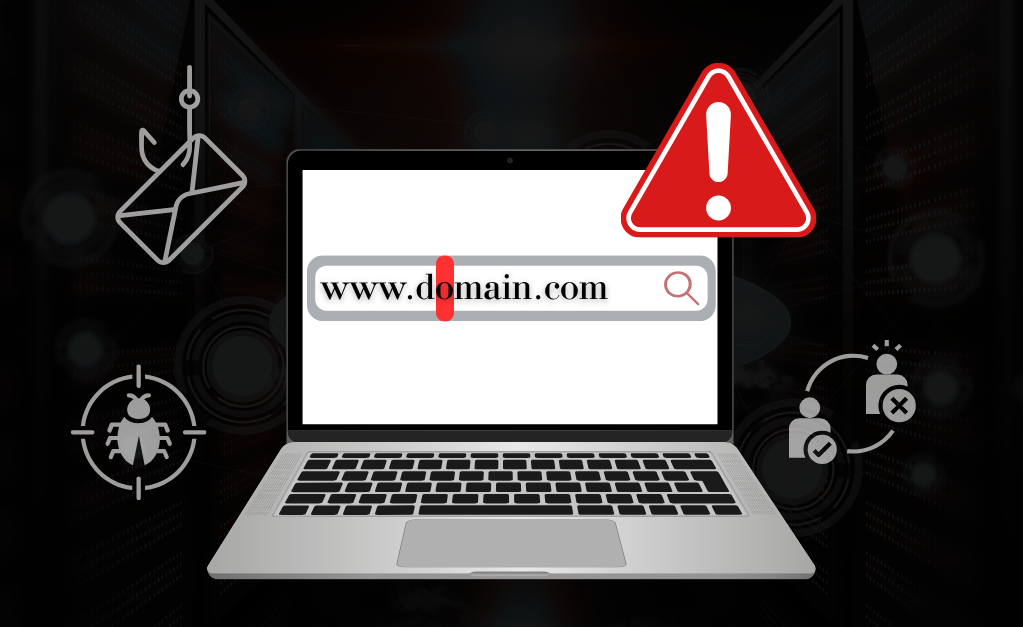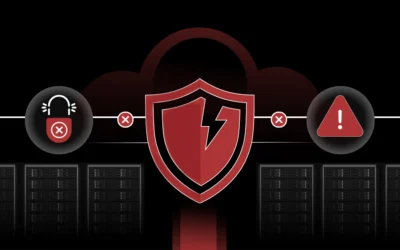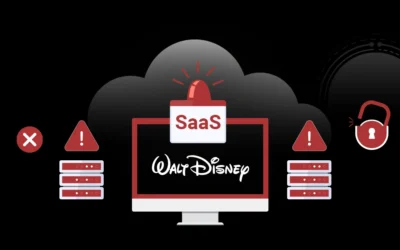Homoglyph Attacks & Domain Squatting: The Hidden Risk to Your Brand

Cybercriminals are getting smarter—and stealthier. One of the most dangerous and overlooked threats to your brand is homoglyph-based domain squatting. It’s not a technical glitch—it’s a deliberate strategy to hijack brand trust, deceive users, and compromise your cloud security.
In this post, we’ll break down:
- How homoglyph attacks work
- Why they’re a growing concern for major brands
- How CheckRed’s DNS Posture Management defends against these invisible threats
The Problem: Homoglyphs Make it Easy for Attackers to Imitate Your Brand
Homoglyphs are characters that look nearly identical to legitimate ones but have different Unicode values. For example:
- Latin “a” (U+0061) vs Cyrillic “а” (U+0430)
- Latin “o” vs Greek omicron “ο”
To the naked eye, they’re indistinguishable. But in the digital world, these subtle differences create openings for attackers.
Attackers exploit this by registering domains that look like yours—but aren’t. This is known as homoglyph domain squatting. The result? More convincing phishing emails, fake login pages, and malware sites that fool employees and customers alike.
Why Your Domain Could Have 16,000+ Lookalikes
Even a single domain can have millions of homoglyph variations. It all comes down to math. Consider a domain that has 19 characters. If each character can be replaced with just three homoglyphs, that results in:
3¹⁹ = over 1.16 billion variations
Threat actors don’t need billions or even millions—they just need a few that work:
- Popular domains are more trusted by users
- Phishing attempts using similar names look legitimate
- Attackers can spoof emails or clone login pages that go undetected
The Threat: These Domains Are Active, Not Dormant
Homoglyph lookalike domains aren’t sitting idle:
- They point to real IP addresses via DNS
- They host phishing sites or malware payloads
- They steal login credentials through spoofed login pages
- They often evade domain blocklists and DMARC protections
The Solution: Proactive Lookalike Domain Detection with CheckRed
CheckRed’s DNS Posture Management platform gives you the visibility and actionability you need:
- Real-Time Detection – Spot lookalike domains as soon as they’re registered and resolve via DNS
- Lookalike Scoring – Filter out low-similarity domains and focus on what truly threatens your brand
- Actionable Alerts – Get notified of high-risk domains so you can respond before damage is done
Our threat intelligence platform has already flagged millions of squatted domains mimicking known brands. Using our internal analysis tools, we’ve observed patterns in how attackers register and activate homoglyph variants to evade detection.
The takeaway? Organizations need proactive detection—not reactive response—when it comes to defending their domain presence.
Protect Brand Trust and Strengthen Your DNS Security
With DNSPM, security leaders—CISOs, CIOs, and analysts—can:
- Prevent phishing, fraud, and brand impersonation at the source
- Enhance DNS security posture without added operational burden
- Safeguard employees, customers, and business continuity
Don’t Let Attackers Weaponize Your Domain
With homoglyph domain squatting on the rise, visibility isn’t enough—you need actionable intelligence. CheckRed’s DNS Posture Management helps you stay ahead with early detection and protection at the DNS layer.
Ready to see how many fake versions of your domain exist?
Schedule a demo today and take control of your DNS attack surface.


